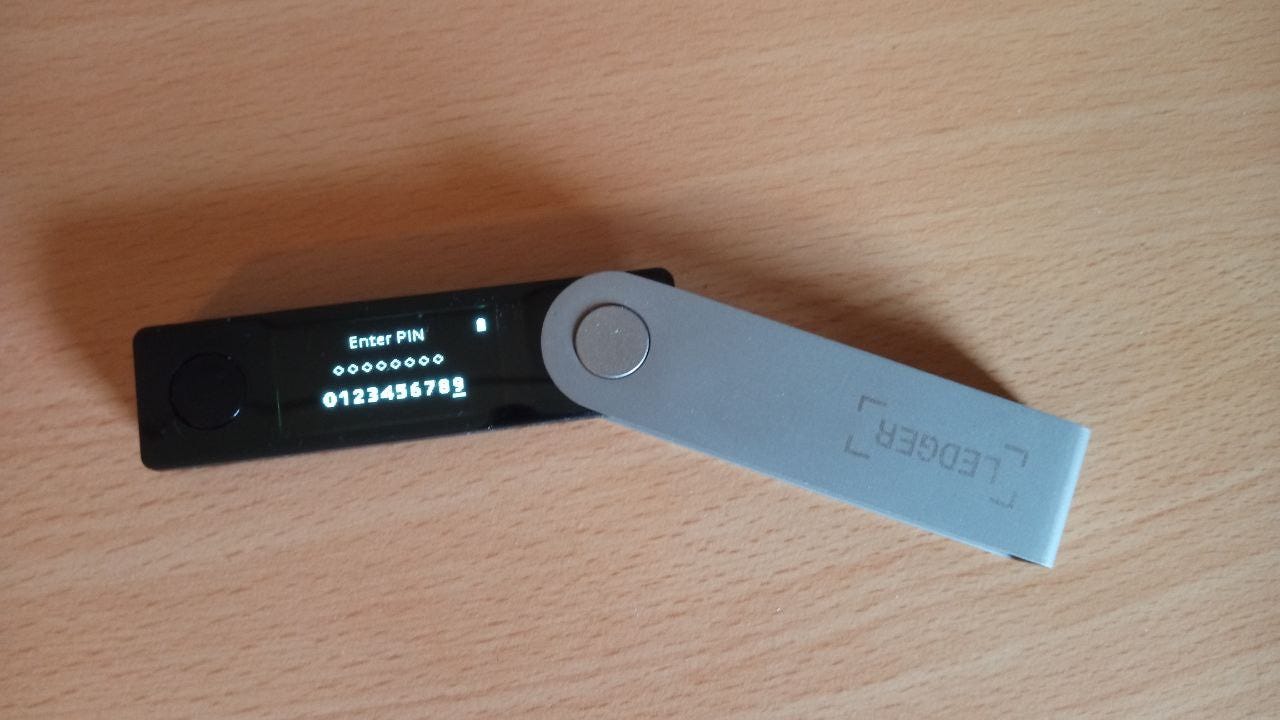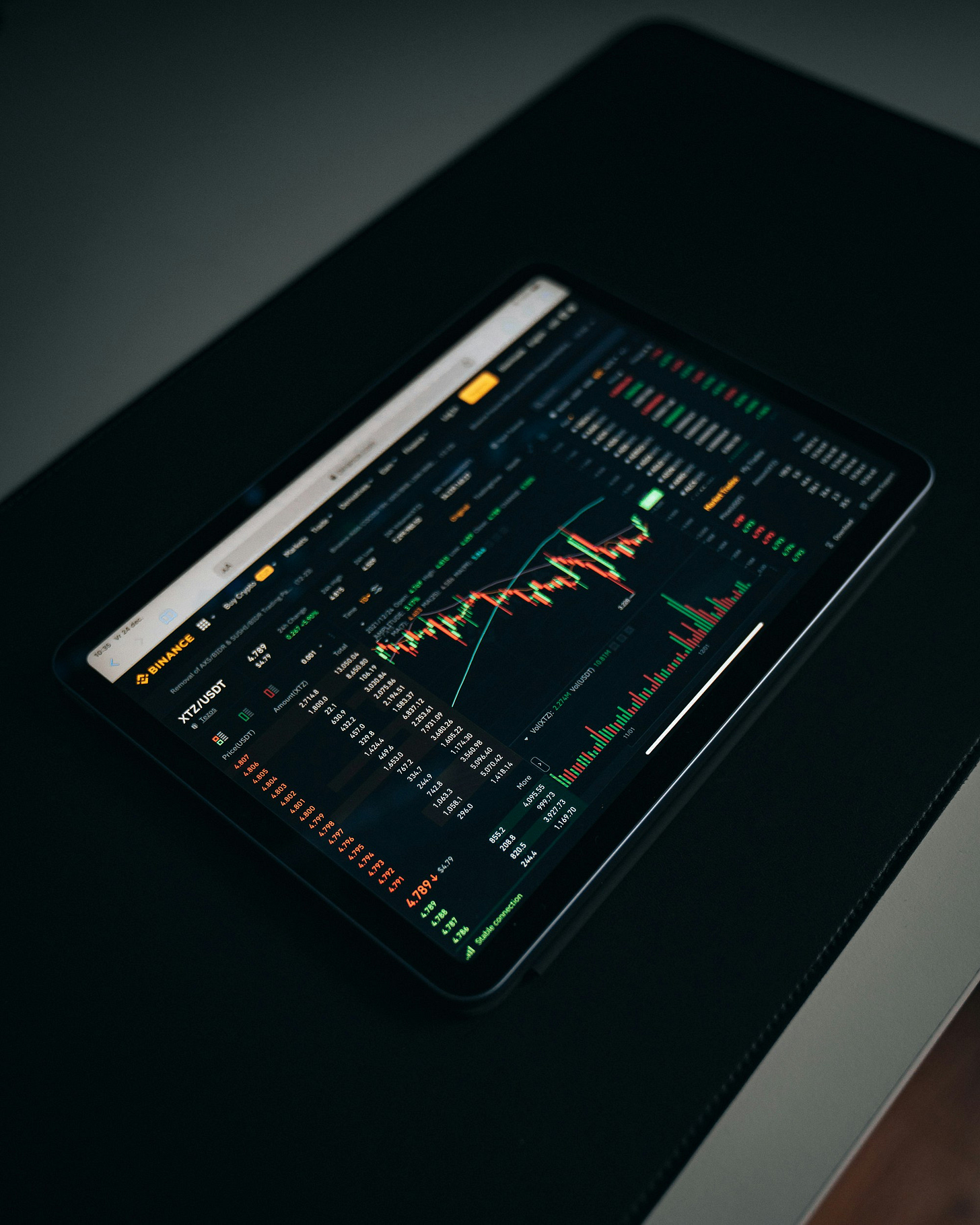Foundations of Distributed Ledger Technology Part 4: DeFi = Decentralized Finance
DLT Fundamentals
March 25th 2024.
I think when most people hear the word blockchain, they might not have a clue what I’m talking about, or they immediately starts to think “Bitcoin”, which is a decentralized peer-to-peer cash system. It was the first use case for DLT and the start of the DeFi development.
Note: There have been attempts in history to break away from the centralized finance system before, but have been forcefully taken down by the powers that be.
This time however, it is unstoppable.
Decentralized finance (DeFi) is not limited to just currency and transactions. It includes a whole ecosystem of decentralized services like banking, marketplace, lending, investments etc.
The reason why DeFi matters, is because it eliminates the need for any bank, broker or other third-party reliance. You are free to associate and trade with whoever you want.
Note: This is not a comprehensive collection of every detail about DeFi. That requires an entire book. I recommend reading the hyperlinks in every section if you want details about any of the topics presented.
Tokenization
Tokenization is the process of taking some physical asset and digitizing the proof of ownership of that into one or many tokens. An entire house or parts of a house, a gold coin, any type of currency, stocks or documents can be represented with a token. So instead of having physical contracts with multiple copies of your:
house, car, or gold certificates, verified by a third party, that you have to trust, stored on multiple locations;
they can all be stored on a blockchain, with absolute certainty, for everyone to see, who is the owner of those assets.
It is also possible to own parts, or stakes as it is called, of an organization represented by tokens (we will get to that in the end). You can then earn dividends based on your total ownership of that organization.
Note: I will continue to use the words Blockchain and Distributed Ledger (DL) interchangeably. If you can’t beat them, join them.
NFT = Non-Fungible Token
The best way to explain what a non fungible token is, is probably to first explain what a fungible token is. A fungible token is for example BTC, HBAR, ETH or SOL. In other words: all crypto currencies are fungible tokens. What they have in common is that all of them can be easily exchanged for another type of fungible token and are divisible, meaning they can be broken down into fractions.
A NFT is not divisible, and is not easily interchangeable with another NFT. It is unique, or in very limited quantities. Some NFT’s can be transferred to another wallet, while others are not permitted to move wallet once it has been claimed.
NFT’s can only have one owner, which is recorded on the blockchain. The fact that they represent complete ownership and can be programmed into limited quantities, is the reason why digital art is now a thing. There are more practical use cases for NFTs though:
It can for example be programmed to give access to certain material on a Web3 site (known as token-gated access).
The platform builder Mighty Network has such capabilities.
Also Brave Talk can be configured to only let in people to a conversation with a specific NFT.
Any kind of ticket (for example to a rock concert) could be an NFT. They are created in a limited quantity with unique ID’s, and the blockchain makes sure there are no way to make false copies by verifying the creator.
Another future example could be a tokenized ownership certificate on a house or a car*. That would remove the need for real-estate agents and legal documents.
Note: The last example has been a claimed use-case for years and it still might be far away. The main reason is probably because the legal system doesn’t want to recognize this as a valid method; that would be against their best interest.
Components of DeFi
Crypto Currencies
Bitcoins and Altcoins
The bitcoin is the first crypto token used for decentralized transactions on a blockchain. Altcoins refers to any other blockchain token that came after bitcoin.
Stable Coins
Stablecoins are tokens backed by fiat currency. For example the USD Coin or the EUR Coin. These are not by any means stable, since all fiat currencies in the world eventually returns to their intrinsic value of 0. But as long as the world accepts today’s fiat currency, they are ideal for everyday trading.

Note: If any crypto coin can be considered stable, it is PAXG. It is a token that is backed by real physical gold, stored in a vault in London.
CBDC = Central Bank Digital Currency
While DLT technology is mostly encouraging decentralized solutions, CBDC is the opposite of everything the blockchain community stands for. The central bankers and politicians have realized that there is no stopping the crypto revolution. So instead they are trying to tame it and bend it to their will.
With CBDC, the central bankers would have complete power over peoples currency. They already have the power to freeze anyone’s bank account for any reason they see fit. With CBDC they would get added features like creating tokens that can only be used for certain items, won’t work abroad or have to be spent within a certain time.
Note: If you read the article in the hyperlink above, you will notice that some of the benefits of CBDC is equally applicable to any other type of DL. The other so called benefits are only benefits for those who wants to control the economy. Would you prefer live in a world with complete economic freedom, or be forced to comply with someone else’s rules?
DLT is an extremely powerful technology and can be used for humanity’s best interest, or for it’s enslavement. If we don’t choose for our self what our future financial system will be, someone else will choose for us.
Aggregators and Wallets
Aggregators are the interfaces by which users interact with the DeFi market. They are decentralized asset management platforms (assets being tokens/crypto currencies) that automatically move user’s crypto assets between various yield-farming platforms to generate the highest returns.
Wallets are locations for holding and transacting crypto tokens. Wallets can store multiple different tokens, or just a single token (depending on the wallet software). Wallets are encrypted and only the holder of the private key can unlock it for sending assets from the wallet. However, anyone with the public key can send assets to the wallet. As an example, here is one of my Hedera wallet public keys:
Wallets can come in multiple forms. Including software, hardware and exchange wallets.
Exchange wallets = custodial wallets = the private key is guarded for you. Your assets could be at risk if the service provider is going bankrupt.
Self-hosted wallets = non-custodial wallets = you are responsible for the private key, but you are in full control of your assets. It can be a hot wallet (software app) or a cold wallet (hardware wallet). The benefit with a hardware wallet is that the private key is not being stored on your phone, that could be hacked, but on a device that is not reachable on the Internet.

Unlike regular physical wallets (not to be confused with hardware wallets), no assets are actually contained within them. All crypto assets are stored on the blockchain. That is why you can restore your wallet if the phone is lost.
DEX = Decentralized Exchanges

Decentralized exchanges are platforms where you can buy, sell and exchange tokens. There is no need for brokers, because the market value of certain tokens are set by mathematical formulas, called automatic market makers.
As you may notice a theme here, DEXes eliminates the middleman (this time the broker), relying on smart contracts to automatically exchange tokens for the fairest price.
Decentralized exchanges where one trades with a smart contract, not other people - cointelegraph.com
For a DEX to be popular, it must have a sufficient volume of tokens available for trade. The amount of available tokens for trading is called liquidity.
Yield Farming and Liquidity Pools
Yield farming refers to depositing tokens into a liquidity pool on a DEX to earn rewards, typically paid out in the DEX’s governance token.
What are DeFi liquidity pools?
Whenever you need to exchange a token (for example from USDC to ETH) you need a DEX that provides a DeFi liquidity pool service.
A DeFi liquidity pool is a pool of different tokens. A smart contract locks tokens into the pool to ensure liquidity for those tokens. Users who provide tokens to the pool are called liquidity providers. The more tokens in the pool, the higher is the liquidity.
How do DeFi liquidity pools work?
The simplest version of a DeFi liquidity pool holds two tokens in a smart contract to form a trading pair.
Let’s use Ether (ETH) and USD Coin (USDC) as an example. To make it simple, the price of ETH in this example is equal to 1,000 USDC. Liquidity providers contribute an equal value of ETH and USDC to the pool. Meaning if you want to deposit 1 ETH into the liquidity pool, you would also have to deposit 1,000 USDC.
How Yield Farming works
The liquidity in the pool in the above example means that when someone wants to trade ETH for USDC, they can do so based on the funds deposited.
Liquidity providers are incentived for their contribution by receiving dividends from the trading fee. The share of trading fees paid by users who use the pool to swap tokens is distributed automatically to all liquidity providers proportionate to their stake size. So if we assume that the trading fee for a USDC-ETH swap is 0.3%, and a you have contributed 10% of the amount in the pool, you’re entitled to 10% of the 0.3% fee of the total value of all trades.
Some examples of Liquidity pools and yield farming platforms would be Uniswap and Wirex, where you can choose to liquidate some of your digital assets to earn some extra tokens.
Other DeFi services
This is by far not the end of DeFi services but I have to draw the line somewhere. I bet that any type of financial service you have in the legacy world, you can find a DeFi equivalent. For example, here is one article about Decentralized Lending.
However, this article is long enough. In the next part I’m going to present a topic that is closely related to DeFi, and that is DAO.
Special Mentions
I want to thank all the authors at Cointelegraph.com. Your articles are gold worth when learning about DLT and DeFi.




